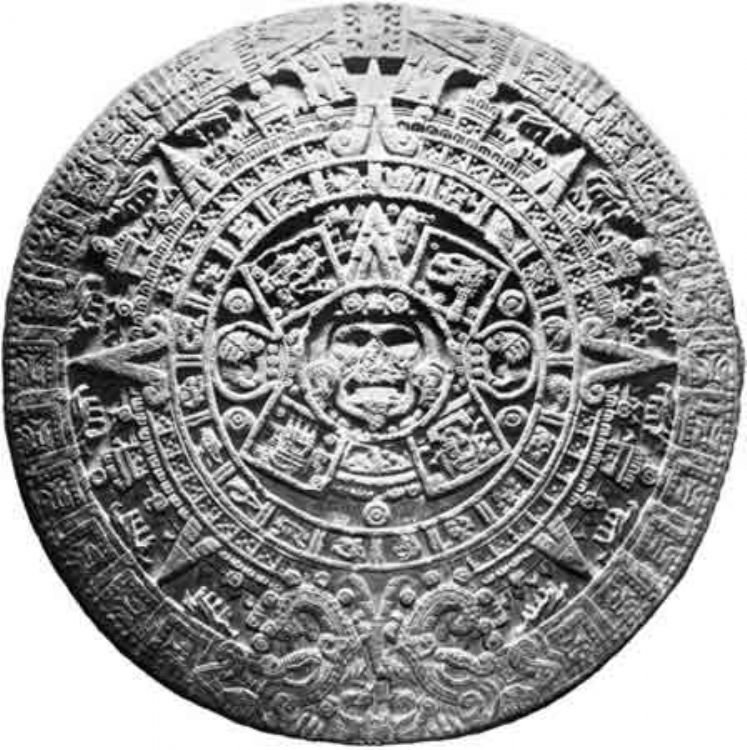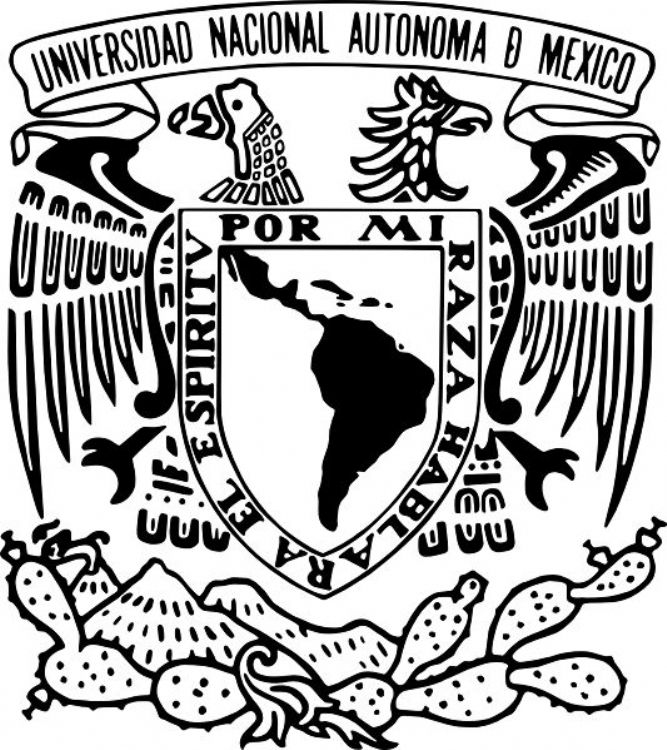
Where to Go / What to Do in Teotihuacan
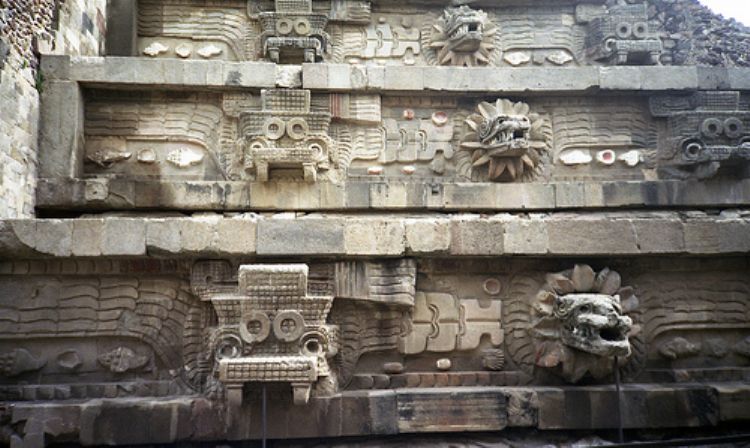
This Mexican archeological site has the greatest number of visitors in Mexico. Which ethnic group deserves credit for this great pre-Columbian city is still ignored, but it has been proven that it was a cosmopolitan site, where the era's greatest cultures converged. It is known by the Mexica word Teotihuacan meaning, "âwhere men become gods"â. Thirty thousand persons once inhabited this ancient ceremonial center over an area of 21 squared kilometers. Currently, it is one of the most important archeological sites in America for its characteristic urban design, monumental architecture and powerful influence and appeal it still has. It belongs to the list of UNESCO World Heritage since 1987.
Among the most important buildings of this ancient metropolis are Calzada de los Muertos, main axis that served for tracing the city and crosses throughout its center. La Ciudadela was the city government's venue and hosts important religious buildings, such as the ceremonial center and rooms where the highest leaders and priests are believed to have lived. Templo de Quetzalcoatl is located within and is one of the most important buildings in this archeological site for having impressive facades worshiping the feathered snake.
The Pyramid of the Sun is, without a doubt, the largest and oldest structure of this complex, located in the center of the archeological zone, it is a monument built over a natural cave. It dates back to 150 AD and measures 64 meters high by 215 meters on each side, turning it into one of the largest constructions of Mesoamerica. It was restored in the 19th century, together with the Moon Pyramid.
Teotihuacan also offers a delicious sample of the state's gastronomy in its numerous restaurants and picturesque informal eateries. The most recommended dishes include barbecue meat, lamb soup and deep-fried pork. Visitors can also find culinary samples of the fusion between the pre-Columbian and the modern cuisines, such as wild mushrooms, traditional locusts, ajolotes and pulque, the sacred Aztec thick, white liquor made of fermented maguey juice. Other popular options included in the regional menu are the longaniza or spicy pork sausage, tacos, tamales made from a charal fish, tripe, quesadillas seasoned with pumpkin flowers and huitlacoche, and pastries known as tlacoyos.
TEOTIHUACAN BOTANICAL GARDEN
Is located to the south of the Pyramid of the Sun and is dedicated to the rescue and preservation of traditional Teotihuacan flora, such as cactus, avocado, lime, figs, plums, aloe, apricots and hawthorn, among others. Alongside this space are an area of picnics and a sculptures garden.
HOT AIR BALLOON RIDE
If visiting the archeological site of Teotihuacan is an unforgettable experience, imagine what it's like to see the whole wonderful Valley of Teotihuacan from the air. At the town of San Francisco Mazapa, located near Teotihuacan, you can rent a hot air balloon ride and take off from the balloon-port inaugurated in April 2007.
Articles Releated with Teotihuacan

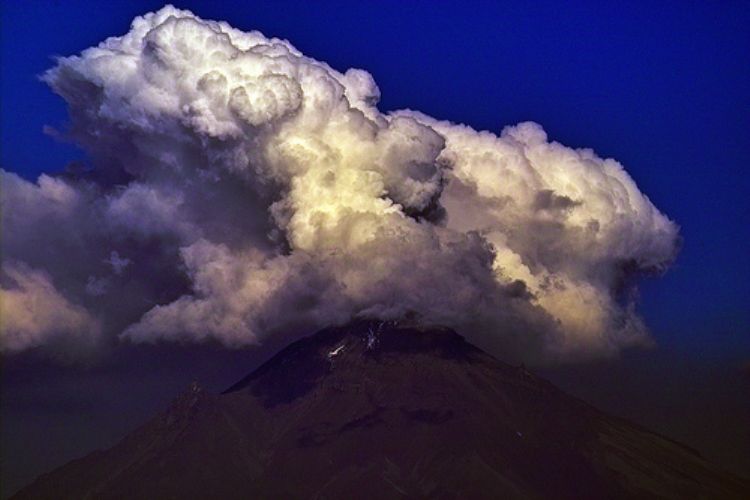
Cueva de las Cruces
The Lords of the Rain in the Mouth of the Earth

The Monarch Butterfly in Mexico
Whenever we speak of the migration of these lepidopters, ...
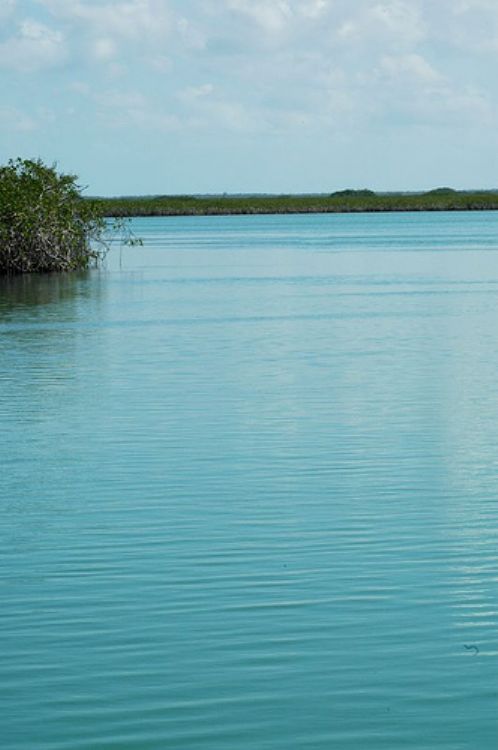
Natural World Heritage Sites in Mexico
.jpg)
Mountain Climbing and Mexico's Highest Mountains
Mexico offers mountain climbers tempting peaks to explore...
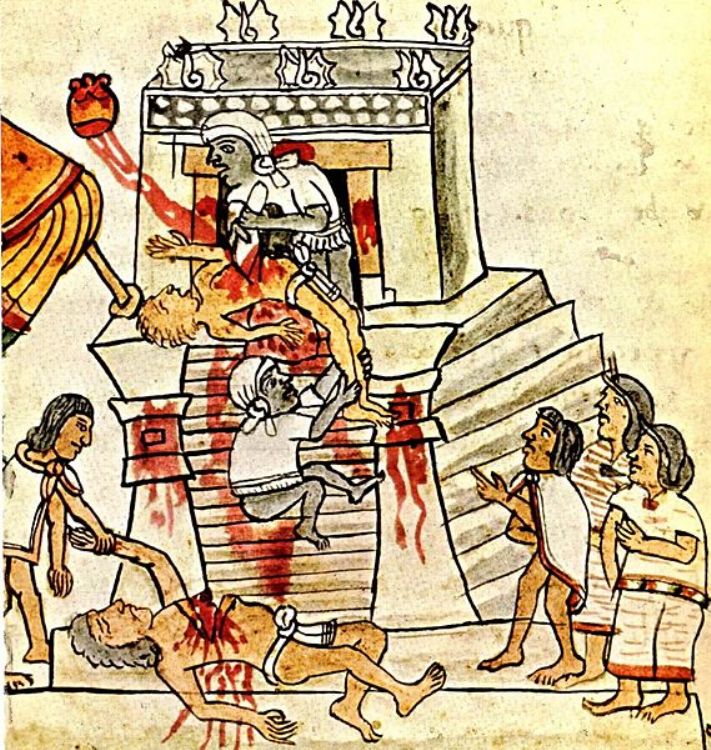
Pre-Columbian Civilizations in Mexico
Pre-Columbian era is a term used referring to the situati...
Most Viewed

The 7 airports with the most important flow of passengers
In a country where tourism is a major revenue is not surp...
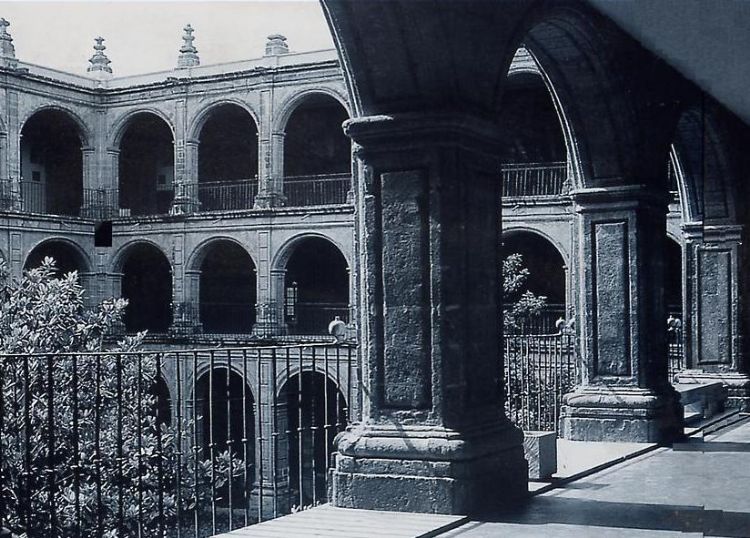
Antiguo Colegio de San Ildefonso Museum
It is located on Justo Sierra #16, in Mexico Cityâs His...
